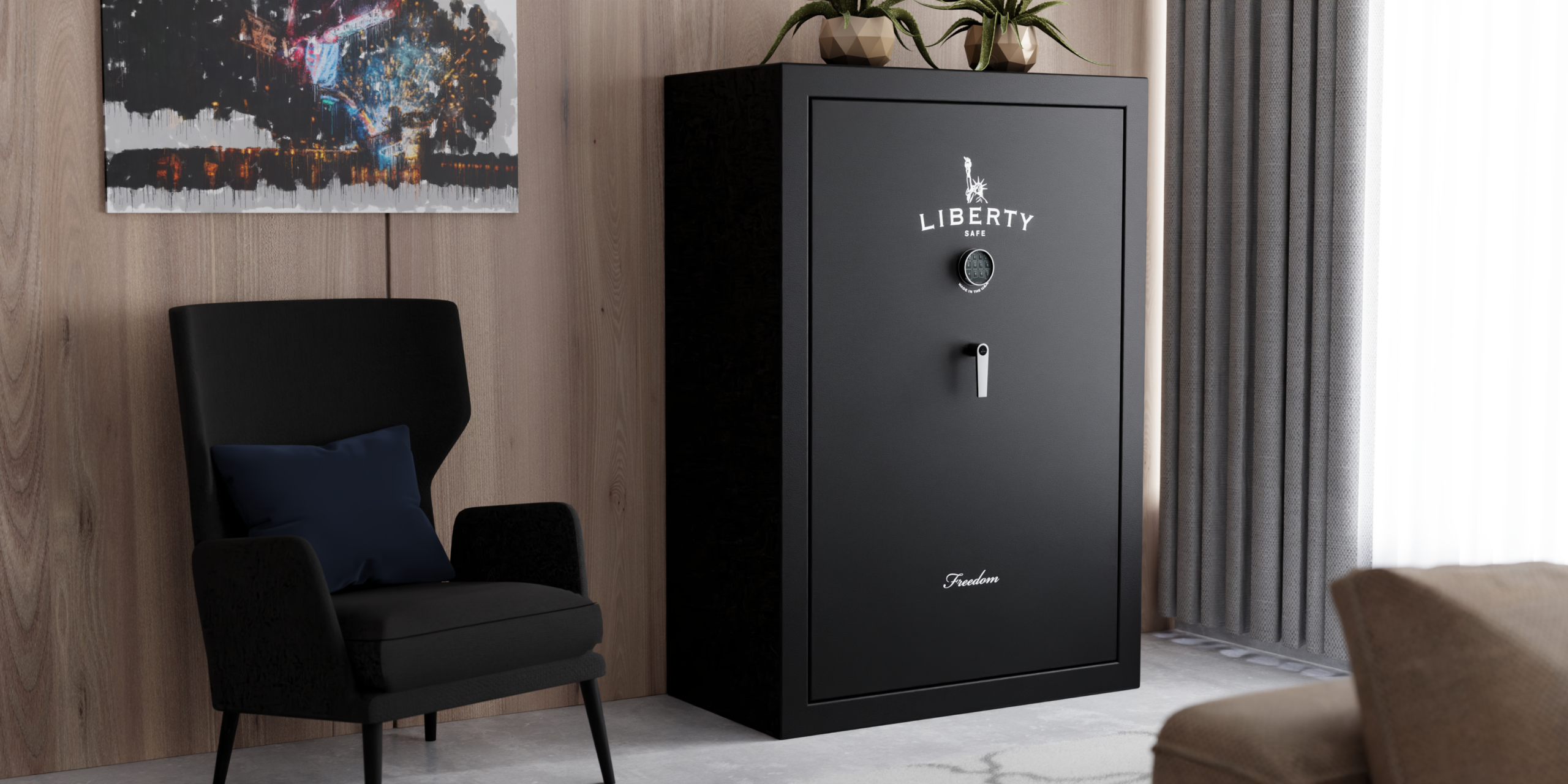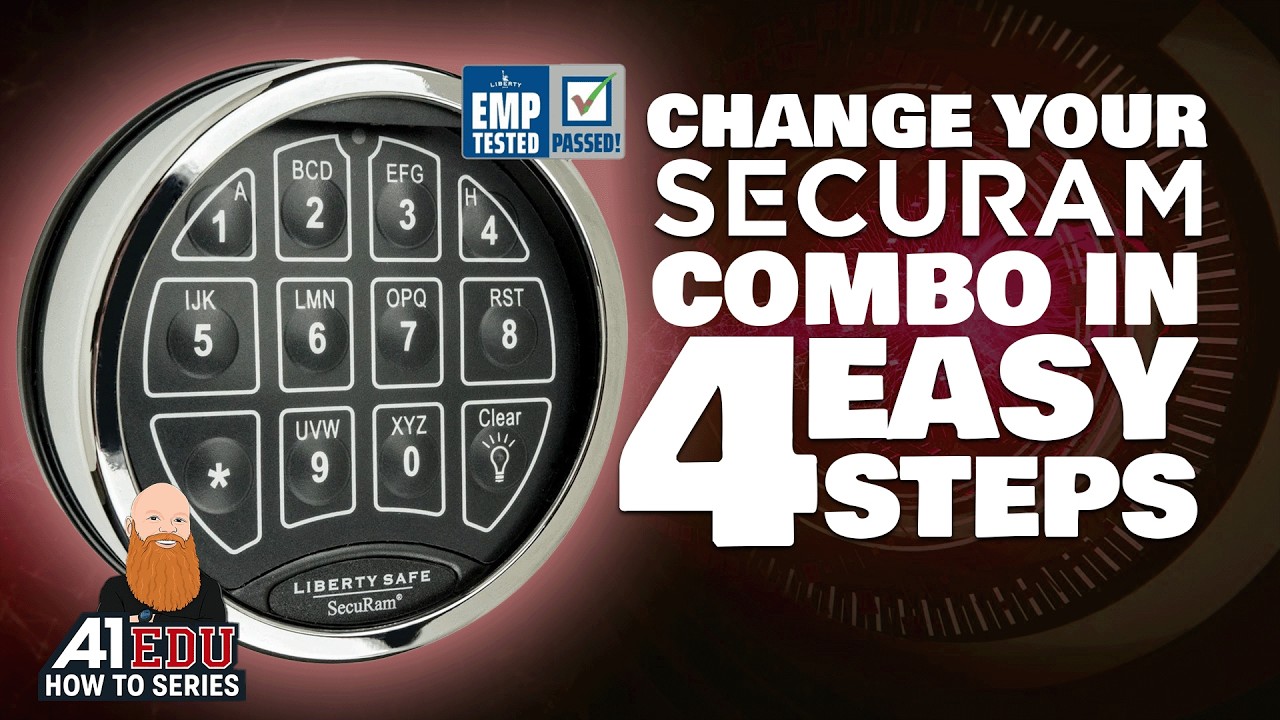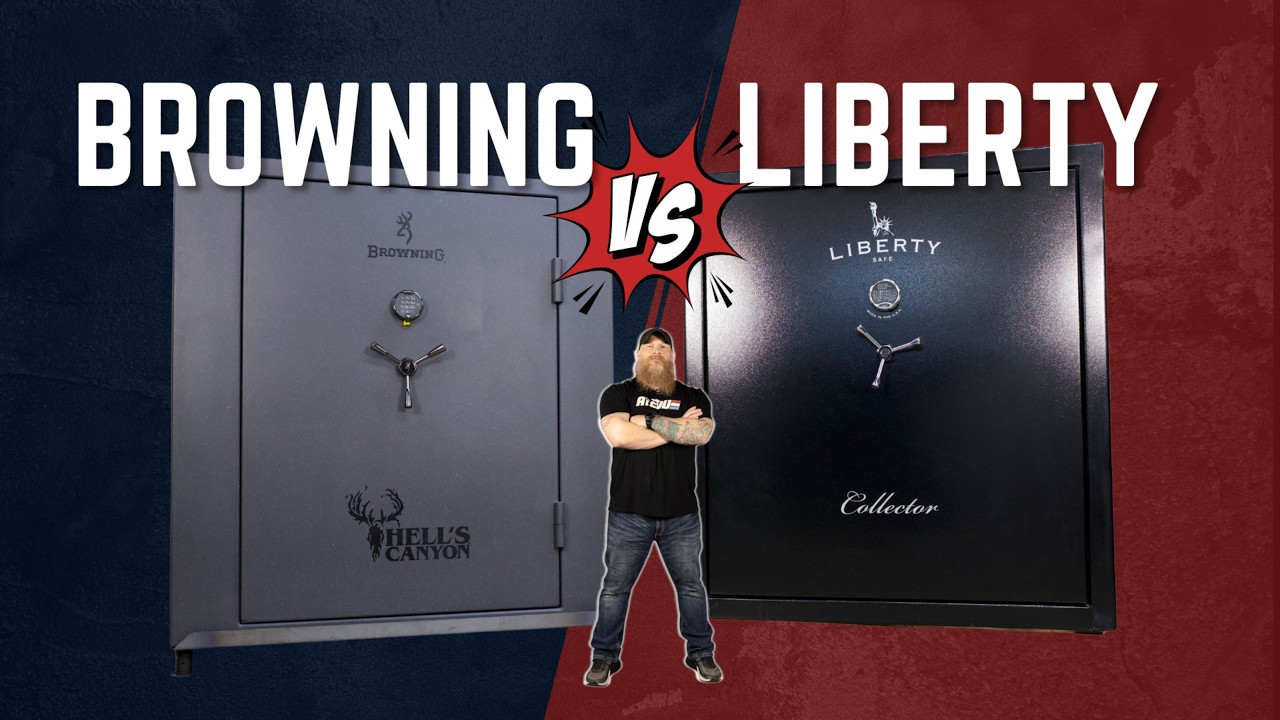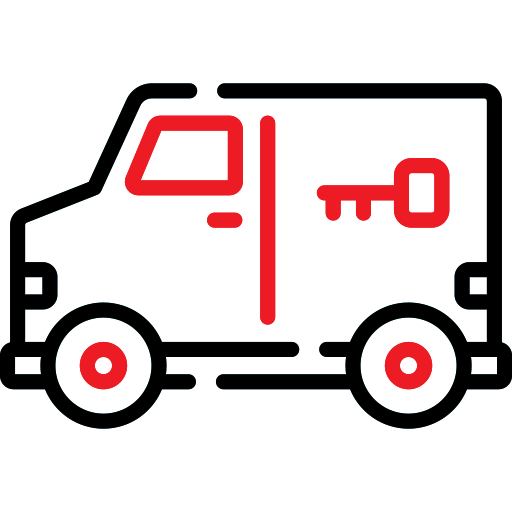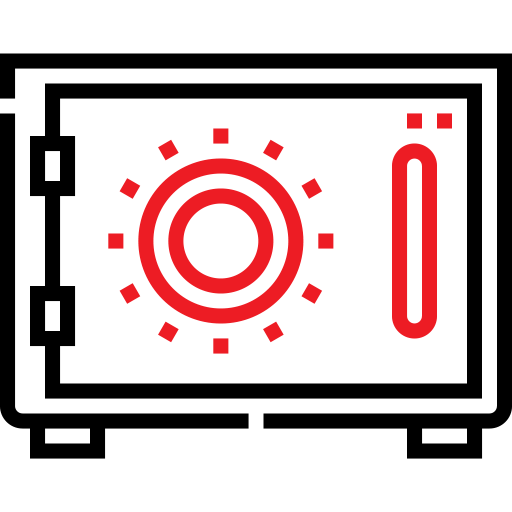Security is a basic human need. We all want to feel safe—in our homes, our workplaces, our cars, and everywhere in between. It’s not unreasonable to want peace of mind while going about your day. In fact, security helps reduce everyday stress and can even make you happier and more productive. When you feel secure, you can focus on what really matters with a clear and relaxed frame of mind.
We know that security is important, but we don’t always stop to think about why we need it beyond the basics. That’s where locksmithing comes in.
The locksmithing industry is often seen as a branch of the broader security field, but it’s truly a specialized profession. Locksmiths play a key role in helping us achieve and maintain a sense of safety. This means operating by high standards, with strong attention to detail and quality. Whether you’re dealing with mechanical or digital locks, the job of a locksmith requires a unique set of skills and deep industry knowledge.
Yesterday, we profiled a few common types of locks you might encounter. While many people are familiar with the basic single-cut blade key, today’s locksmiths also work with key cards, access codes, and biometric systems. Here are a few types of locks you might use every day:
- Pin-tumbler locks – The most commonly used locks in the western world. A plug keeps the door locked, and is held in place by spring-loaded driver pins and key pins. When the correct key is inserted, the pins align and allow the plug to rotate, unlocking the door.
- Wafer-tumbler locks – Similar to pin-tumblers, but they use rectangular wafers instead of cylindrical pins. When the correct key is inserted, the wafers are lifted out of the plug, allowing it to turn and unlock.
- Lever locks – These use levers as the locking mechanism and are often found in safes and prison facilities.
- Combination locks – Common in schools and gyms, these require a numeric code to gain access.
Whatever the lock or key system, A-1 Locksmith has you covered for all your locksmithing needs in the Dallas/Fort Worth area. Call us today at (972) 284-7500.

